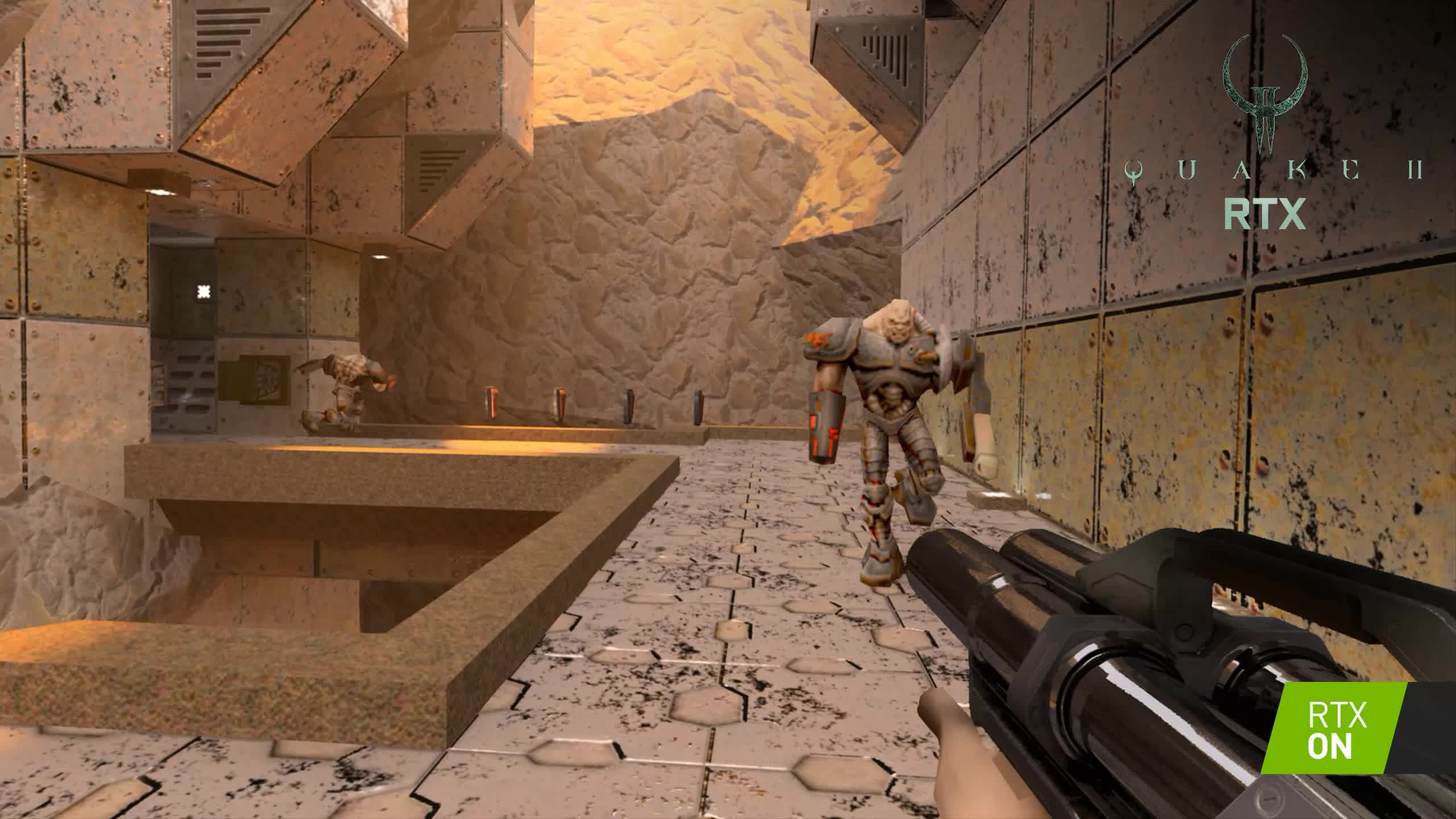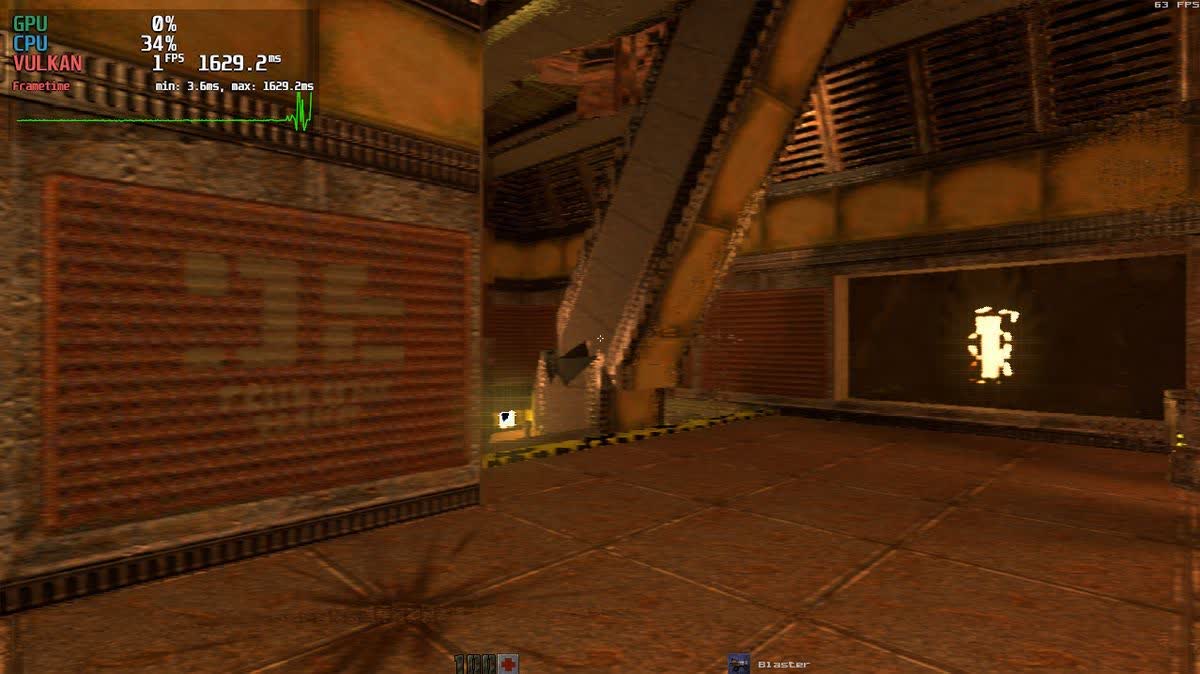In a nutshell: We all know it's the GPU that does the heavy lifting with ray tracing in games. With dedicated compute units primed for rendering those realistic rays of light, the idea of running ray tracing on a measly CPU sounds like a recipe for a slideshow. However, one madlad modder just went ahead and did it anyway – and did so on Linux, no less.
Developer Konstantin Seurer has been hacking away at the open-source Mesa graphics library, adding support for Vulkan ray tracing right into the CPU code. By enabling the VK_KHR_ray_query functionality, Seurer made ray tracing possible without a GPU at all. Just to prove it works, he fired up the Quake II RTX with CPU-based ray tracing enabled.
The performance metrics are far from impressive. A single shared screenshot reveals the game struggling at a mere 1 frame per second.
Seurer admits that his work is mostly based on porting code from the RADV Vulkan drivers, which were designed for AMD Radeon graphics cards. He also hasn't divulged what kind of CPU horsepower he was working with to pull this off. It sure is a breakthrough, but the scant details leave us with some questions. Like, what kind of processor is handling it all. Is it an all-conquering 96-core Threadripper or a humble laptop chip?
Quake II RTX also offers a slew of graphics knobs that let users adjust settings like global illumination and reflection depth. However, the settings used to achieve the reported 1 fps remain undisclosed, leaving us in the dark regarding the visual configurations that were enabled.
Oddly, the CPU utilization stood at just 34% at the moment the screenshot was taken, a head-scratcher considering the CPU should've been fighting for its life trying to run something it wasn't designed for. It raises the question: would reaching 100% utilization have tripled the frame rate to a less atrocious 3 fps? Without further details, it's difficult to say.
While CPU ray tracing may not be viable, it's still a cool proof-of-concept that shows the possibility of one day running certain applications with hyper-realistic lighting using just a standard processor.
We're not suggesting that gamers will be abandoning their GPUs to play the sequel to Cyberpunk with CPU-only graphics any time soon. However, as CPU technology continues to advance, the potential applications for CPU-based ray tracing, especially for less demanding tasks, could expand significantly.
If you want to give it a whirl, Seurer's ray tracing code will ship in the upcoming Mesa 24.1 release.

